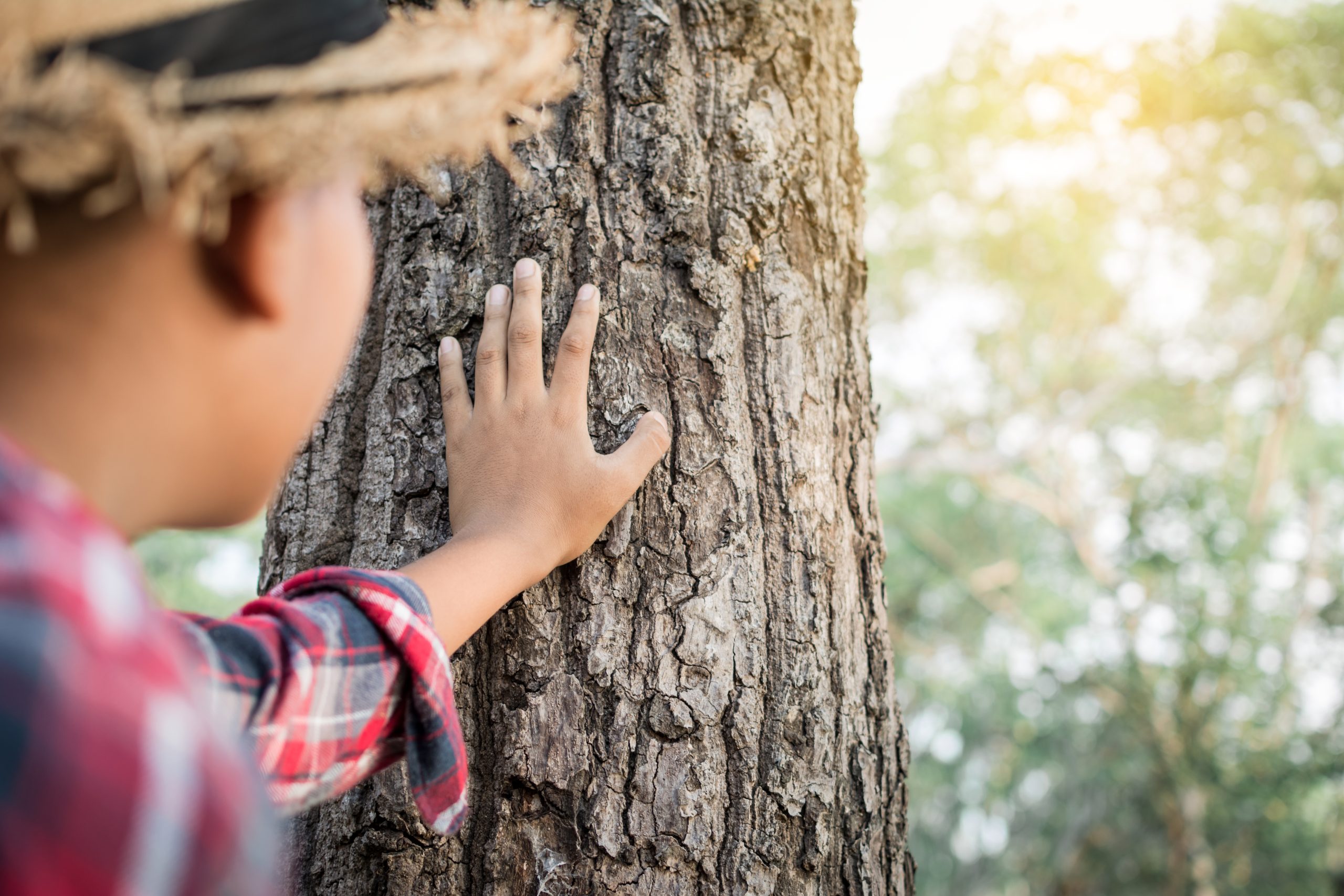Trees are essential for our environment, providing oxygen, shelter, and food for other living organisms. Unfortunately, trees can suffer from diseases and pests that can affect their health. To ensure that the trees in your yard remain healthy, it is important to check their health regularly. Read on to find out how!
Check for Signs of Poor Tree Health
The most obvious sign of an unhealthy tree is a change in its appearance or structure. While every tree is unique, there are several signs and symptoms of poor tree health that range across all species.
Dead Branches, Leaves, or Needles
Dead branches or leaves can be one of the first signs of an unhealthy tree. Branches that are dead, discolored, or have visible damage such as holes or hollow spots are usually a sign of poor health. Additionally, premature yellowing or wilting leaves or branches may indicate that something is wrong with the tree’s root system. If the tree is shedding a large number of leaves unseasonally, this could be an indication that something is wrong.
Presence of Insects or Pests
Insects and pests can also be an indication of poor tree health. Insects such as aphids, scale, caterpillars, and leaf miners can cause damage to the leaves, branches, and roots of trees. If you find small insects crawling on or around your tree, it is likely that they are causing some kind of damage to the tree. Other signs of infestation include sawdust-like material at the base of a tree, large numbers of small holes in its bark, or webbing on or around the tree.
Fungal Growth
Fungal growth can also be a sign of an unhealthy tree. Fungi is typically found in moist and dark areas and can cause damage to the root system or bark. Signs of fungal growth include discolored or cracked bark, mushrooms growing around the base of the tree, and slimy patches on its surface.
If you notice any of these signs, it could be an indication that something is wrong with your tree’s health. Take action immediately depending on the issue at hand so you can preserve your tree for as long as possible.
Do Some Soil Testing
Another way to check your tree’s health is by testing the soil surrounding it. Healthy soil should have adequate nutrients as well as pH levels between 6-7. If there are high levels of salt or acidity in the soil, this could be damaging your tree’s roots and causing it to become unhealthy. You can purchase soil testing kits online or at gardening stores to help you determine if there are any issues with your soil chemistry that need to be addressed.
To use a soil testing kit, simply gather several samples of soil from around your tree’s root zone and follow the instructions provided in the kit to test the pH level and nutrient content of the soil. You can then compare your results to the recommended levels for optimal tree health and address any issues that may be present.
Get an Inspection by a Professional Arborist
If you are still unsure about whether a tree is healthy or not, it is best to call in a professional arborist or a residential tree service who can give you an accurate assessment. They will be able to examine the tree’s overall condition and identify any potential problems such as disease or pests that may be present. An arborist will also be able to provide advice on how best to care for the tree so that it remains healthy in the future.
Take Action
If you notice any signs of poor tree health, take action quickly. Depending on the issue, this could involve pruning dead or diseased branches, removing pests, adjusting the soil pH levels, or other treatments. Doing so will prevent further damage to your tree and help ensure that it remains healthy in the future.
If you have multiple trees in your yard, it’s important to check them all for signs of health problems. Trees may require different levels of care depending on their age and species, so inspect each one individually. The last thing you want is one sick tree to take out the rest of your garden.
Chop Them Down if Necessary
Unfortunately, in some cases it may be necessary to chop down the tree if it is too far gone. If a tree is diseased, damaged beyond repair, or posing a safety hazard to your property, then it must be removed for the safety of everyone. Before taking this step though, ensure that you have exhausted all other options and consulted an arborist. If it is determined that the tree needs to be removed, always call in a professional tree service to do the job properly and safely.
Before attempting to chop down any tree yourself, ensure that no power lines are in the way and make sure that your work area is clear of people or objects which could be damaged if struck by falling debris. Additionally, always wear protective gear such as gloves, safety glasses, and a hard hat. It is also important to use the right tools for the job; this includes an appropriately sized chainsaw with a full tank of fuel. Make sure that the chainsaw blade is sharpened before beginning so you can cut through the tree quickly and safely.
By keeping an eye out for signs of poor health, you can protect your trees from serious damage and keep them healthy for years to come. Regularly inspect your trees and take action quickly if you notice any signs of distress. If necessary, get an assessment by a professional arborist or tree service to ensure that the proper course of action is taken. With proper care and attention, your trees will remain vibrant and healthy for many years.
How to Do a Health Checkup for Your Trees

